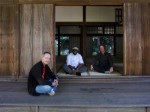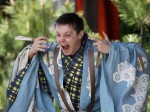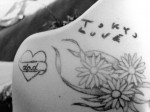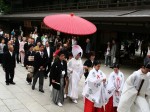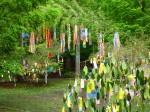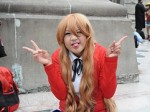Shichi-Go-San | A Traditional Rite of Passage and Prayer for Good Health
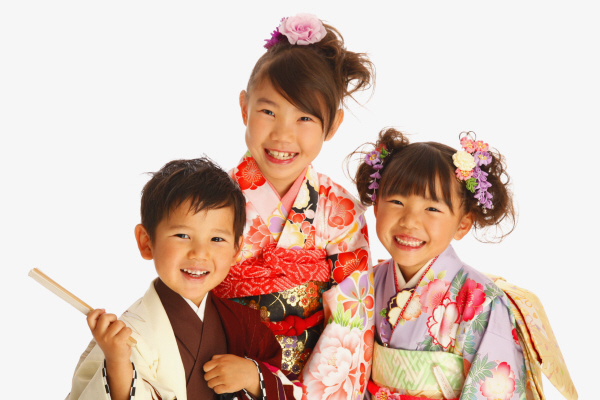
The Shichigosan Festival literally translates to the festival of 7-5-3, the occasion to celebrate and pray for the health and growth of three-year-olds, 5-year-olds, and 7-year-old children.
On November 15, children dressed in kimono can be seen around shrines. Chitose-ame, good-luck candy, is an indispensable item, too.
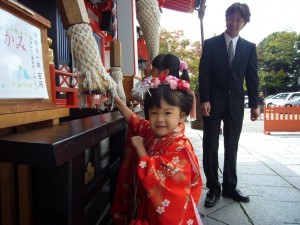
The Shichigosan Festival originated in the Muromachi era.
The death rate among infants was high and infants were officially logged in the government registry at the age of 3-4 years.
The Shichigosan Festival is one where each family can give thanks that their children grew up safely to the age of 3, 5, and 7, and pray for future health and logevity.
In this way, the Shichigosan Festival became an occasion to offer thanks to the gods and prayers for the growth and happiness of children. From the Meiji era, the event became what is recognizable as its present form.
The child of Shogun Iemitsu Tokugawa was physically weak, and the day when he prayed for health was said to be November 15. The prayers were answered and the child grew with no medical issues. Thus November 15 became known as the day to celebrate Shichigosan.
The origin of the Chitose-ame (good luck candy) was also in the Edo era.
A red and white, long stick candy was made in hopes of growth and the longevity of the child. The bag containing the candy is decorated with lucky patterns.
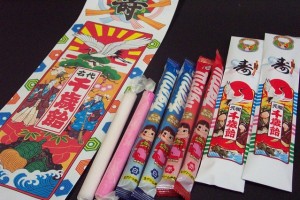
The celebratory years – 3 years, 5 years, 7 years – each has its unique meaning.
At 3 years a child can understand language. At 5, a child grows wisdom. At 7, a child loses his baby teeth.
These are critical times where a child is susceptible to illness and other risks. That is why people pray to the gods healthy growth during these occasions.
Shichigosan celebrates 3-year-old boys and girls, 5-year-old boys, and 7-year-old girls.
3-year-olds are referred to as Kami-oki. It is an age where boys and girls start growing out their hair.
Long ago people used to believe that diseases entered the body through the hair, and would shave their children’s hair until he was 3 years old!
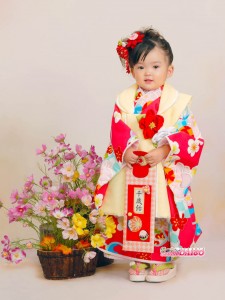
The 5-year-old boy is called the Hakama-gi and wears the hakama (the male kimono) for the first time.
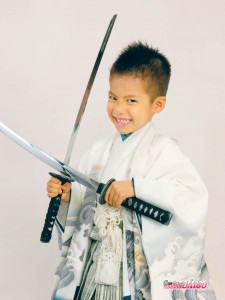
The 7-year-old girl is called the Obi-toki and can put on an obi sash the same as an adult woman.

The basic tradition is to head to the local Shinto shrine for prayer. Recently more people have started flocking to larger or more famous shrines. In addition, families are more open about celebrating outside the traditional November 15, on a day convenient for the family.
In the case of 3-year-olds, precedence should be placed on weather and their physical condition.
And of course – don’t forget to take photos!
Photo studios these days can also rent kimonos and do hair & makeup. Parents can just show up with their children, get dressed up, take photos, and then head out to the Shinto shrine.
After taking photos of your kids in kimono, it might be nice to get a family portrait as well!
Photo by STUDIO ANNE、深志神社、スタジオダイゴ、和なでしこ


